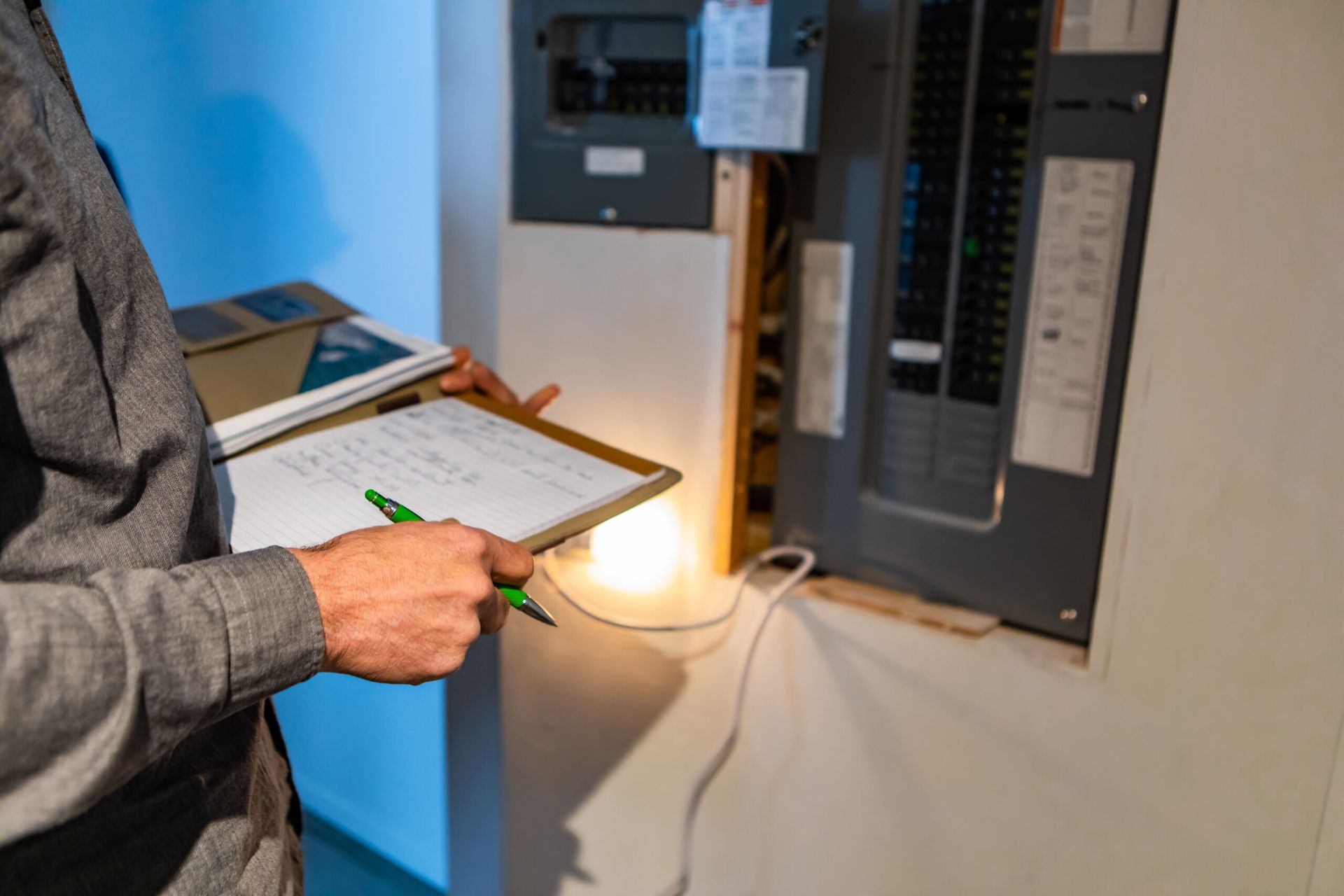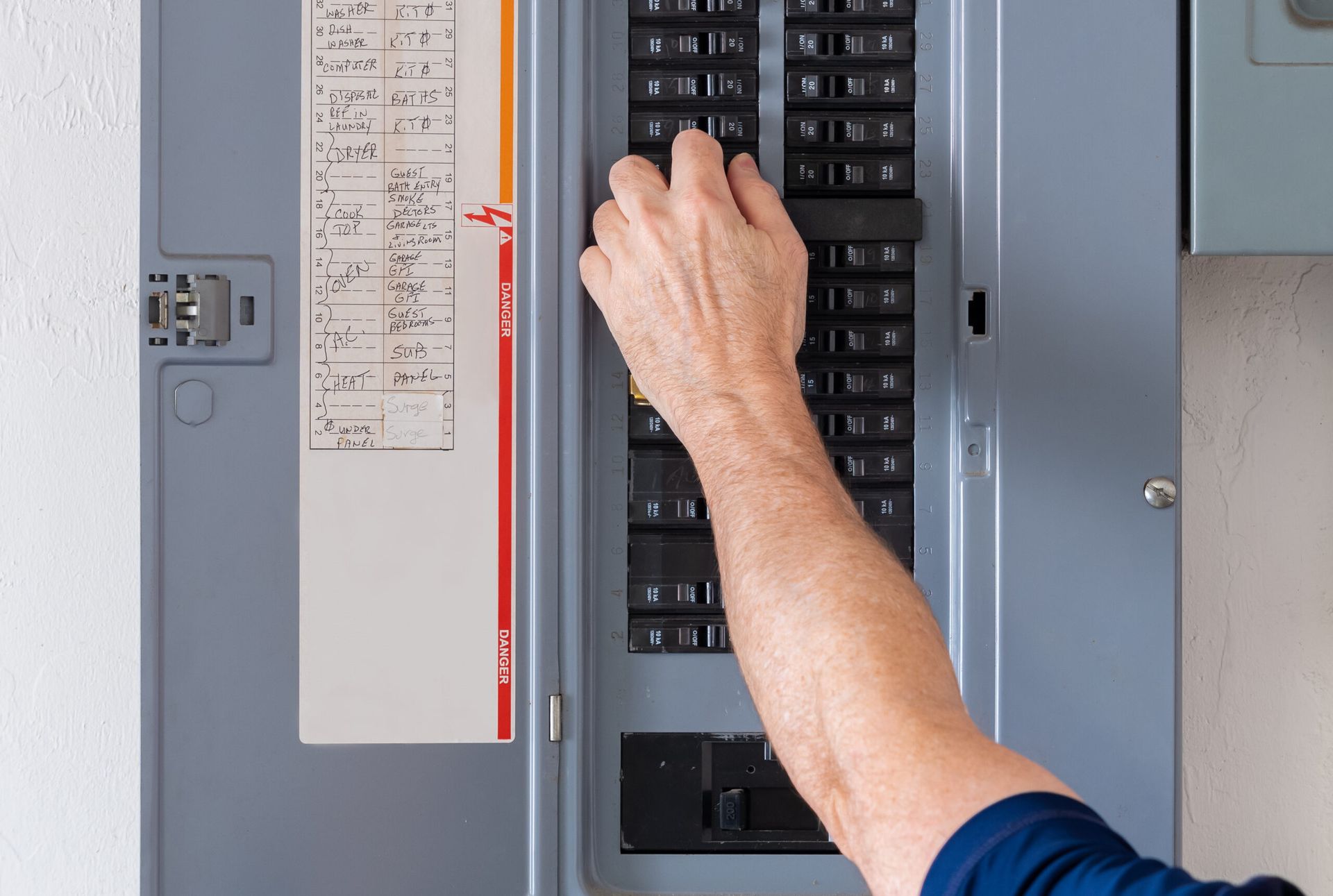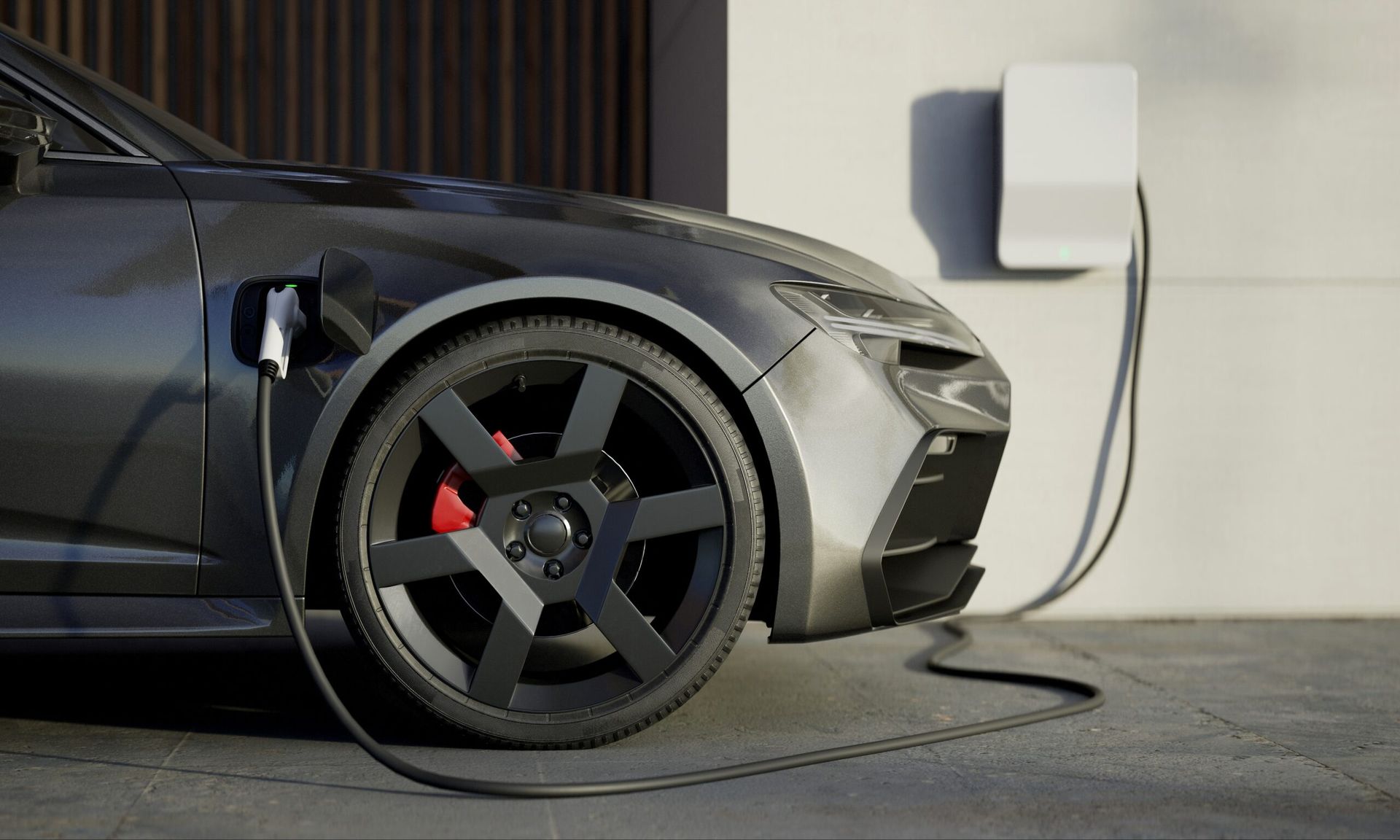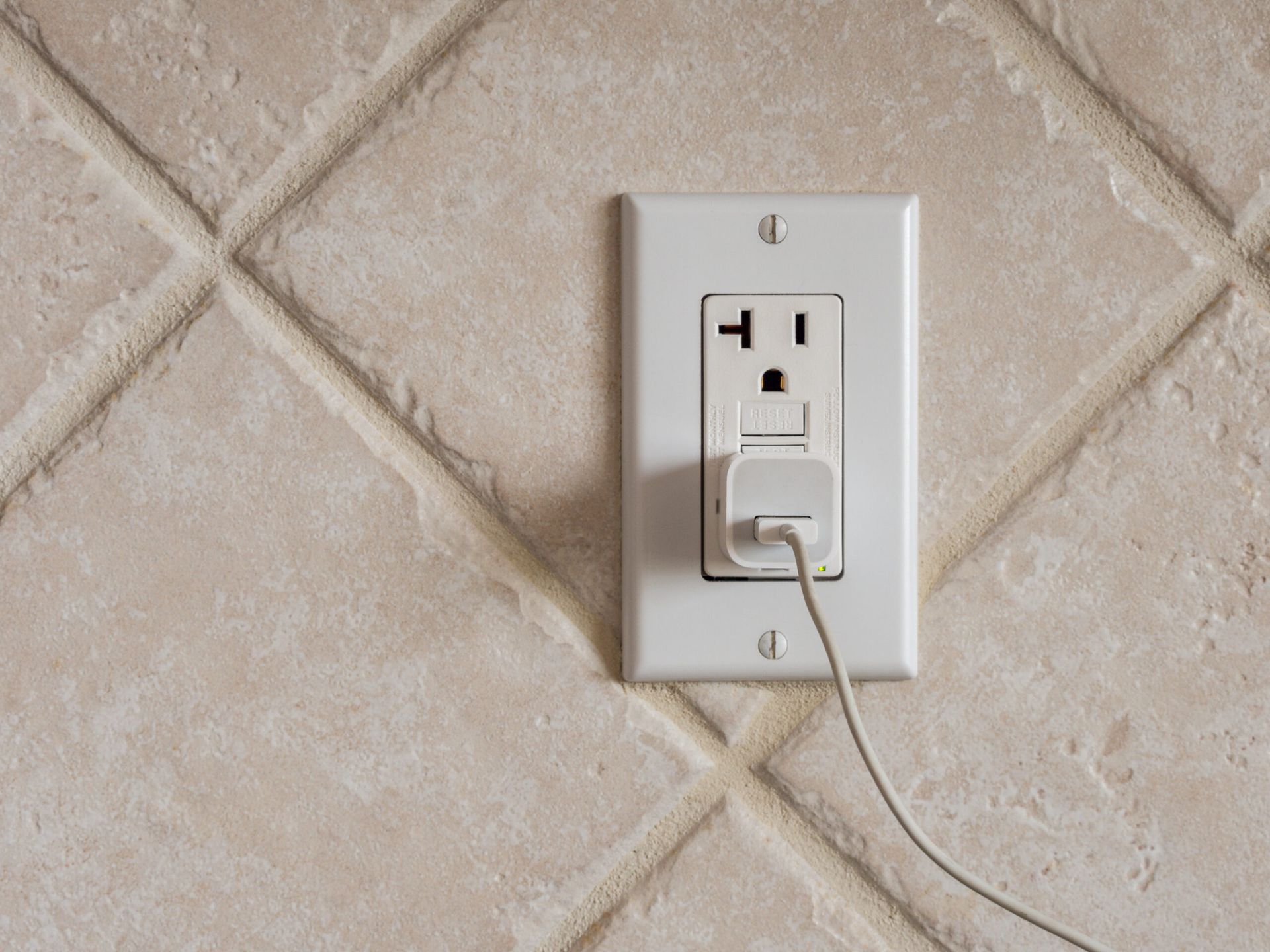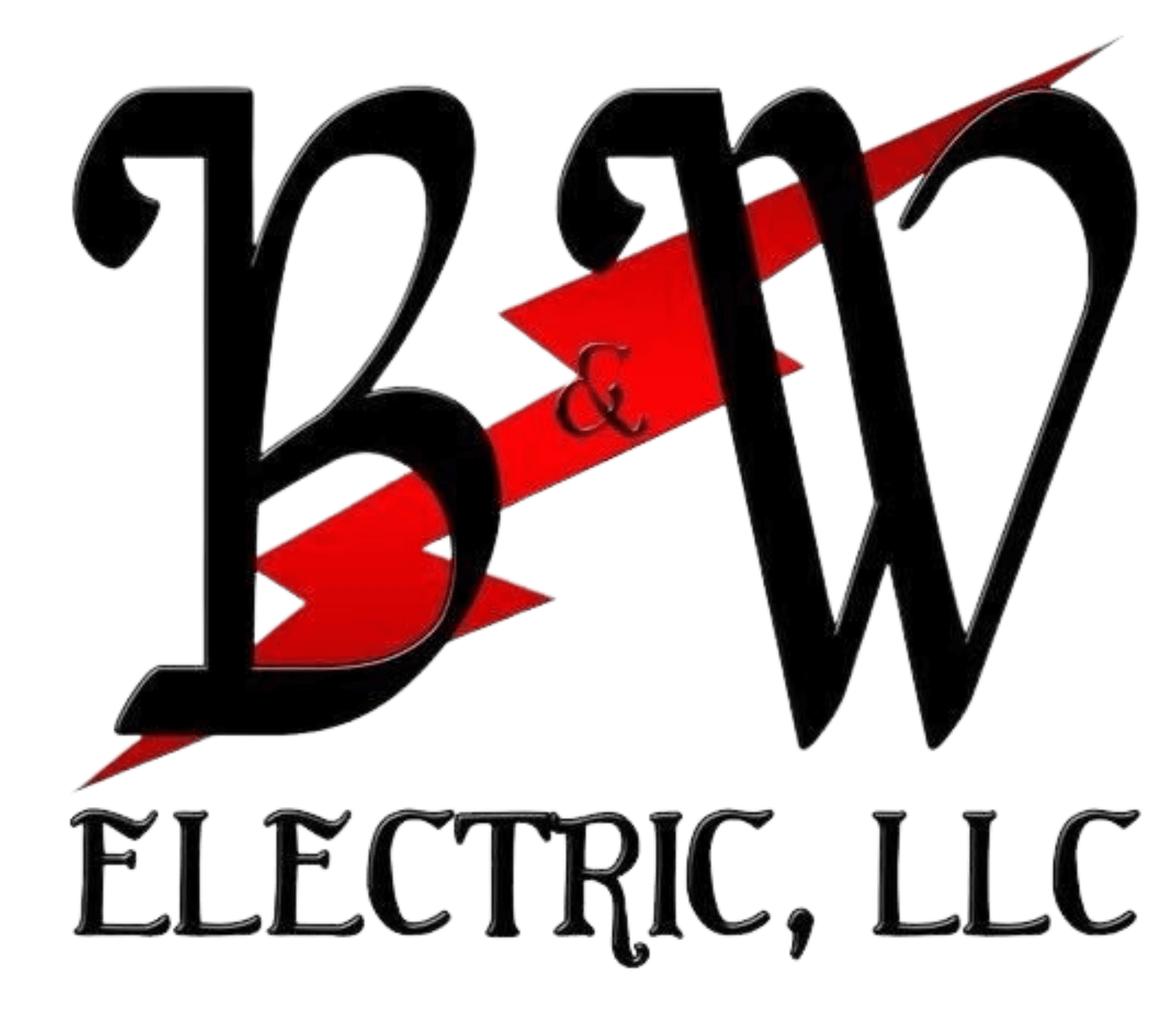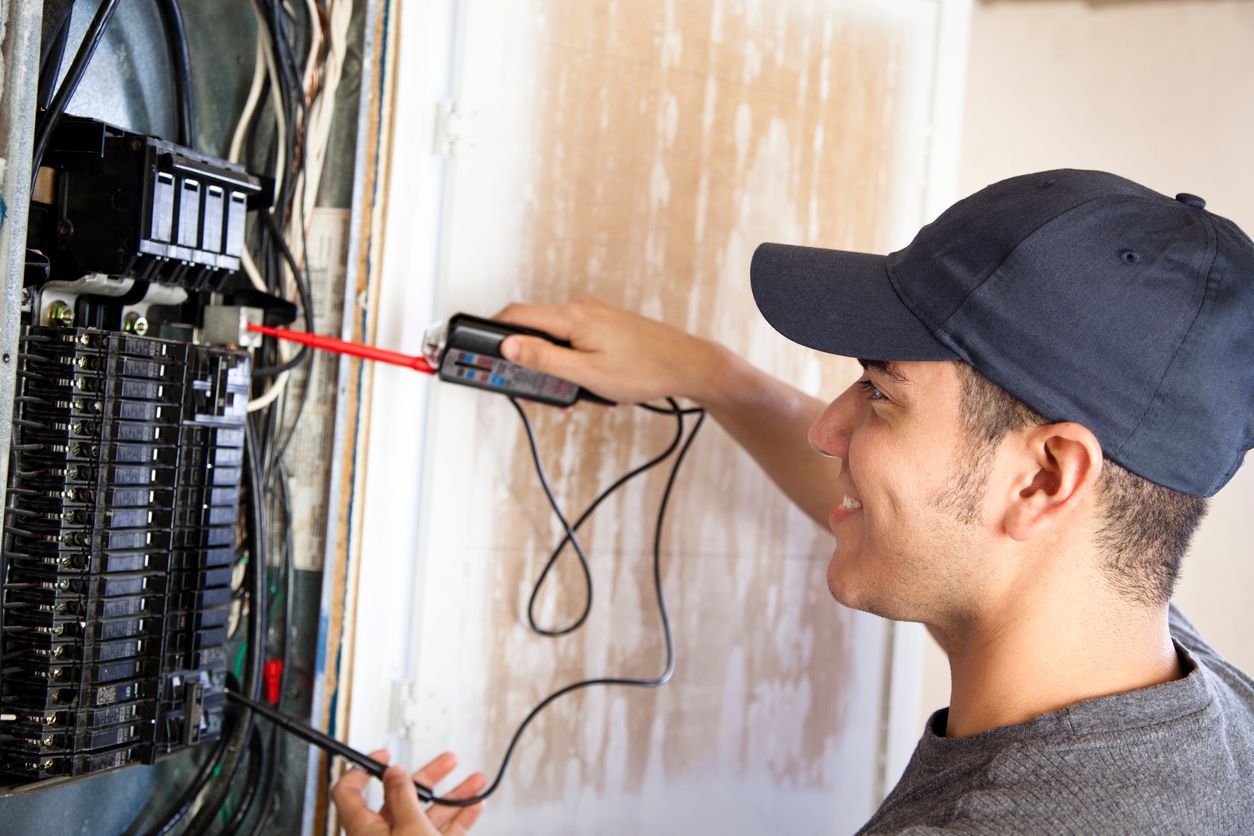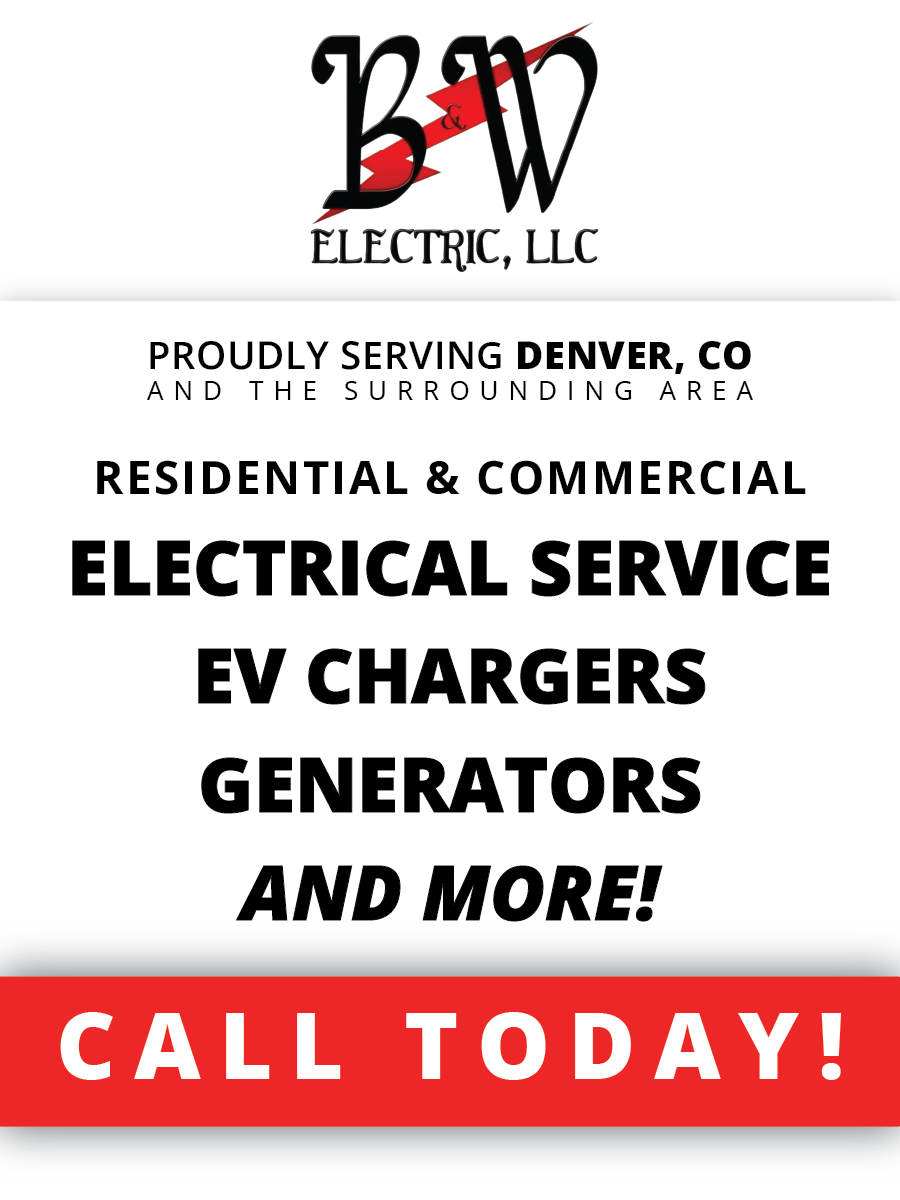If you’ve been searching online for electrical safety tips, you’re probably well aware of the potential hazards that electricity can present – and how it can potentially lead to serious injuries or even fires if the proper precautions are not followed.
One of the most common electrical issues homeowners face is sparking outlets, which can be caused by any number of issues, and is one of the leading causes of electrical-related problems in a home.
In this blog, we’ll walk you through some electrical safety guidelines from a professional that can help you prevent issues related to sparking outlets.
Electrical Outlet Safety: 6 Tips from a Professional
1.Know the Causes of Sparking Outlets
- Loose Connections: If you have wires that aren’t securely connected, it can create a gap that electricity must literally jump across, resulting in a spark.
- Damaged Wires: Wires can become frayed or damaged over time, and this often leads to sparks from those spots when electricity flows through them.
- Faulty Outlets: Sometimes, the outlets themselves can become damaged or just simply worn out. This is especially true in older homes.
- Overloaded Circuits: When you plug too many devices into a single outlet, it can overload the circuit, which in turn causes sparks and might even trip the breaker.
2.Regularly Inspect and Maintain Outlets
- Check Outlets: If you discover scorch marks, discoloration, or unusual sounds when you plug in devices, it’s a good sign there’s damage to the outlet.
- Test Outlets: Voltage testers are a professional electrician’s best friend. Use the tool to ensure that outlets are working correctly, and if an outlet shows inconsistent voltage it may indicate a faulty outlet.
- Inspect Wiring: By periodically checking the wiring in your home – especially in areas susceptible to damage, such as the attic or basement – you can catch potential issues before they become a full-blown crisis.
3.Don’t Overload Outlets
- Use Power Strips Wisely: Power strips are great at providing more outlets, but they don’t actually increase the total amount of power available. To reduce the risk of hazards, avoid plugging multiple high-wattage devices into a single strip.
- Distribute Load: Similarly, be sure to spread out your electrical devices across multiple outlets and circuits to prevent overloading an outlet.
- Upgrade Your Electrical System: If your house is more than a couple of decades old, consider a full electrical system upgrade to ensure your home can handle modern power demands.
4.Replace Damaged Outlets and Wires
- Turn Off Power: If you notice damaged outlets or wires, it’s imperative that you replace them immediately. First, however, remember to turn off the power at the breaker box before you attempt any electrical work.
- Use Proper Tools: To safely replace a damaged outlet, you’ll want to use a screwdriver, voltage tester, and wire stripper.
- Follow Instructions: Make sure you follow the manufacturer’s instructions when installing new outlets, and if you have questions, don’t hesitate to consult a professional electrician.
5.Install AFCI and GFCI Outlets
- Arc-Fault Circuit Interrupter (AFCI) Outlets: AFCI outlets detect and prevent electrical arcs that may cause sparks and potentially fires. Particularly useful in bedrooms and living areas.
- Ground-Fault Circuit Interrupter (GFCI) Outlets: GFCI outlets prevent electrical shock by shutting off power whenever a ground fault is detected. Essential in bathrooms, kitchens, and outdoor areas.
6.Know When to Call a Professional
If you encounter any of the following issues, even if you’re following the above electrical safety tips, play it safe and call in an electrical professional:
- Persistent Sparking: If you’ve done some basic troubleshooting but the outlet continues to spark, it’s time to call a professional electrician.
- Frequent Circuit Breaker Trips: Indicates potential overload or faulty wiring that needs the attention of a pro.
- Burning Smell or Smoke: If at any point you detect a burning smell, or see smoke coming from an outlet, turn off the power immediately and contact a professional for electrical installation service.
If you live in the Denver area and are experiencing any doubts about electrical safety standards, contact the professionals at B&W Electric to ensure that you and your home remain safe from electrical hazards like sparking outlets!

